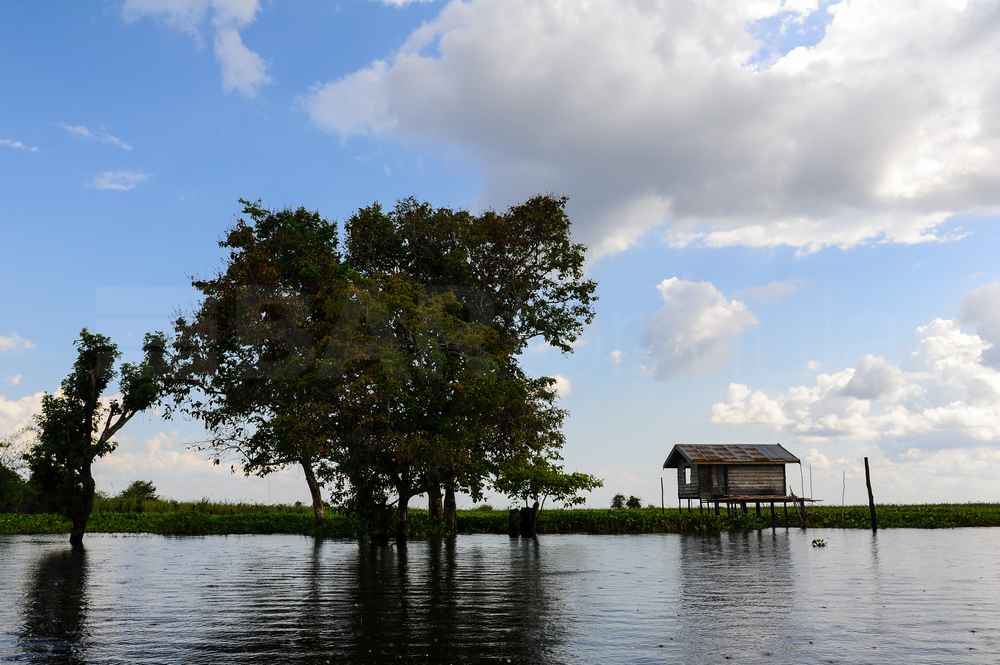The Science 7
When Ponds go Bad.
Nothing a little oxygen and the right bacteria will not fix.

When oxygen is depleted in a water body, anaerobic bacteria partially break down the sediment. In the process, they expel hydrogen sulfide. Hydrogen sulfide is the rotten egg smell present in many Palm Oil Effluent Treatment ponds. The cause of the odor is a lack of oxygen. Hydrogen sulfide is not only highly toxic to aerobic or good bacteria; it is also toxic to insects, and to fish at levels of 0.3 mg/l (a very low amount). The anaerobic (bad) bacteria also release ammonia into the water column. Ammonia feeds weeds and algae. Also released are methane, nitrogen gas, and carbon dioxide. These also are toxic to aerobic (good) bacteria. So the causes of organic sediment (sludge) accumulation and unpleasant odor are a lack of oxygen and high levels of toxic gases.
The presence of sludge or a rotten egg smell, are sure signs that the bottom is lacking in oxygen. Bottom oxygen tests may show that the bottom is oxygenated. But these tests are usually made during the day, when aquatic plants are putting oxygen into the water. Bottom oxygen tests in the middle of the night may show no oxygen because plants take up oxygen during the night. Lack of oxygen also depends on the time of year. Just a few hours without oxygen is enough to kill the beneficial bacteria and insects that feed on organic sludge.

If oxygen is present throughout the water column at all times, beneficial aerobic microorganisms and insects feed on the organic sediment. It is similar to bacteria and insects feeding on compost. The bacteria feed on the organic sediment, and the insects feed on either the bacteria or the muck, or both. Bacteria are high protein food for insects. The bacteria converts organic sediment into carbon dioxide, water, and a microscopic amount of inorganic “ash”. In this process, the good bacteria exude an enzyme to break down the waste material in order to consume the various types of muck within the sludge layer.